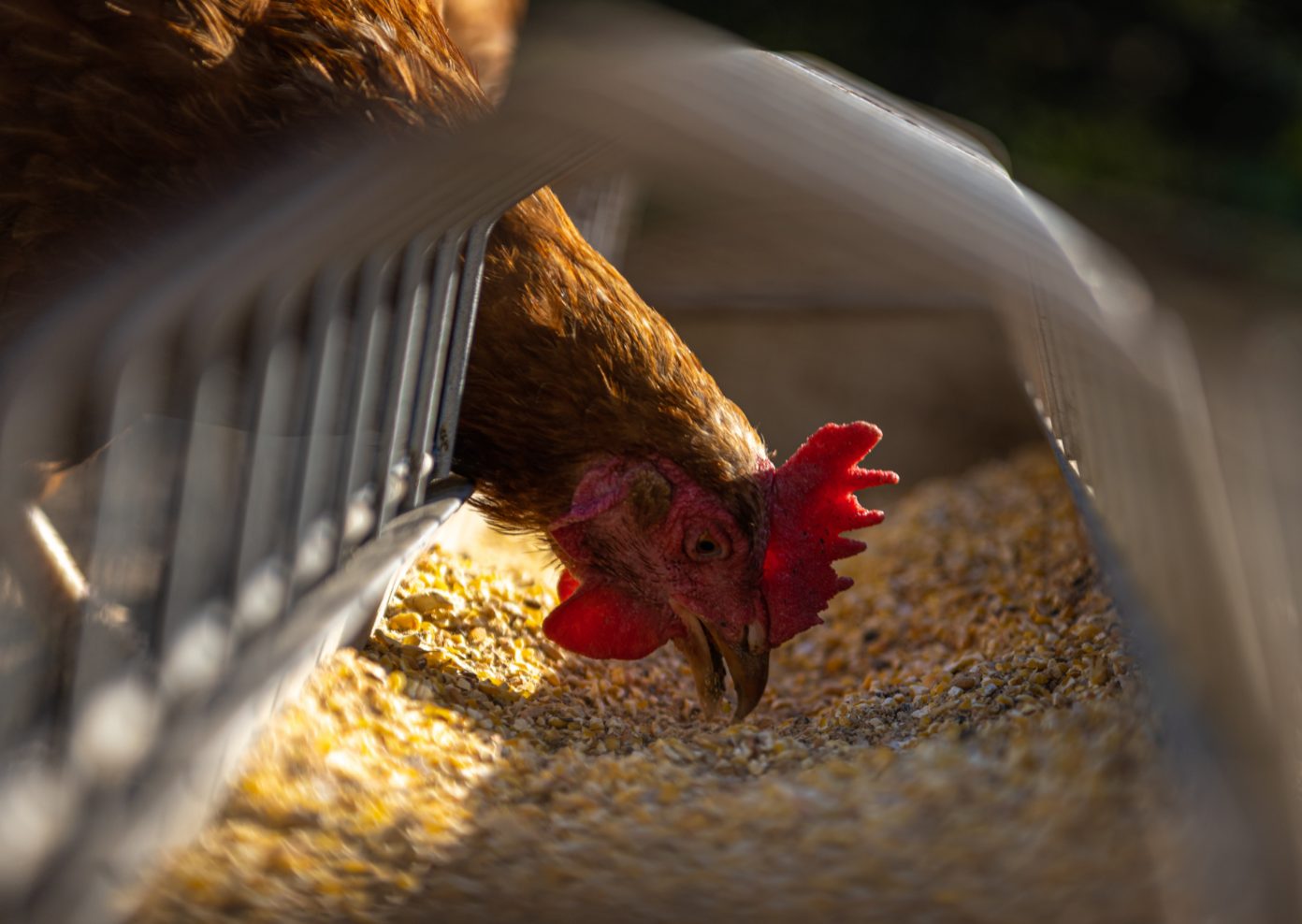 13 Oct 2022
13 Oct 2022
Oils are commonly used as energy sources in laying hen diets, exerting multiple effects such as:
When compared with broiler diets, the amount of oil that is added in laying hen diets is low. This is due to the fact that laying hens find themselves in a unique physiological state and are more likely to suffer from lipid metabolism disorders.
![]() Therefore, the type of oil to be included as well as its appropriate proportion are particularly important for the productive performance, lipid metabolism and egg quality of laying hens.
Therefore, the type of oil to be included as well as its appropriate proportion are particularly important for the productive performance, lipid metabolism and egg quality of laying hens.

The lipids found in the egg yolk are mainly derived from dietary oils and therefore these play a crucial role in laying hens’ productive performance and egg quality.
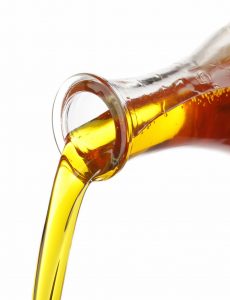
The main types of oils used in laying hen diets are from plant and animal origin.
Vegetable oils commonly used in poultry feed are rich in unsaturated fatty acids (UFAs). These are important for the growth and development of laying hens. This is especially true for linolenic acid and linoleic acid, which are essential fatty acids (EFAs).
![]()
Linolenic acid deficiency hinders development and reduces production yield, while linoleic acid is deposited directly into the egg yolk and thus increases the weight of the egg through an increase in yolk weight(Kostik et al. , 2015). [register]
Some of the most common vegetable oils used in feed are: soybean, rapeseed, palm and flaxseed oil.
Animal oils (mainly triglycerides (TG)) are extracted from animal fat tissue.When included in diets, these fats increase the UFA content of eggs (O’Brien, 2008; Kralik et al. , 2021).
Animal oils which are commonly used in feed mainly include lard, poultry fat, tallow, and fish oil.
In general, these oils contain more saturated fatty acids (SFA) than vegetable oils (Wang et al., 2015).
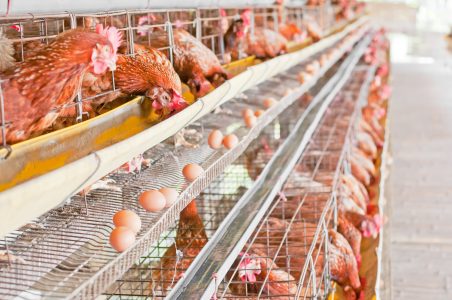
The inclusion of oils to laying hen diets has become an effective method for:
In addition, oils have adhesion properties that reduce dust in poultry feed production, promote better particle aggregation, reduce machinery wear and result in low waste and food savings.
![]()
The unique aroma of oils can improve feed palatability enhancing its flavor, and leading to higher intake levels.
The addition of oils also contributes to heat stress reductions, which improves feed utilization and reduces mortality(Palmquist, 2009).
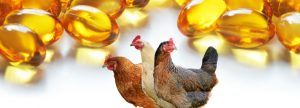
The fatty acid composition and physicochemical properties of different types of oils as well as their physiological effects on laying hens vary substantially (Grobas et al. , 2001).
As a result of increased research on animal nutrition, higher animal welfare requirements, environmental protection and productivity, several properties of dietary oils have been discovered and tested.
Effect of oils on lipid metabolism in laying hens
During the egg-laying period, the amount of fat added to laying hen diets is usually less than 10%. The amount of lipids that laying hens get from feed is about 3 g a day, and between 5 and 6 g are needed for the formation of each individual egg.
 The main organ where birds synthesize lipids is the liver. Precursors for lipid synthesis are fatty acids, glycerol and cholesterol.
The main organ where birds synthesize lipids is the liver. Precursors for lipid synthesis are fatty acids, glycerol and cholesterol.
Vegetable oils rich in polyunsaturated fatty acids (PUFAs) relieve fatty liver syndrome in laying hens, which favors lipid metabolism in laying hens. Meanwhile, excess consumption of animal oils or starch can aggravate fatty liver syndrome(Mateo and Savage, 2001; Schumann et al., 2003)).
Egg yolks are rich in PUFAs, which are divided into ω3 and ω6. Studies have shown that both ω3 and ω6 fatty acids exert anti-cancer effects. This is especially true for the latter.
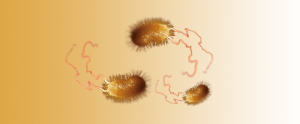
Immunomodulatory effect of oils
Fatty acids found in oils play an important role in maintaining the health of birds. PUFAs are involved in the synthesis of biofilm structures and are precursors to a variety of physiologically active substances, such as eicosanoids and leukotrienes (Certík et al. , 2013).
Several PUFAs, such as linolenic acid and arachidonic acid, are components of the cell membrane and are essential in maintaining the integrity of the cell membrane’s structure and function.
In modern egg production, laying hens are usually subjected to high-intensity production pressure. Heat stress and oxidative stress (OS) are common factors that affect the productive performance of laying hens (Getabalew and Negash, 2021).
This property can substantially reduce the heat dissipation load on the animal’s body during the summer. This is particularly significant in the production of high-density laying hens. Contributing to reduce heat stress and improve feed conversion rates.
[/register]
Source: Zhouyang Gao y col., 2021
Subscribe now to the technical magazine of animal nutrition
AUTHORS

Nutritional Interventions to Improve Fertility in Male Broiler Breeders
Edgar Oviedo
The Use of Organic Acids in Poultry: A Natural Path to Health and Productivity
M. Naeem
Synergistic Benefits of Prebiotics and Probiotics in Poultry, Swine, and Cattle
Gustavo Adolfo Quintana-Ospina
Hybrid Rye Potential in Laying Hen Feed Rations
Gwendolyn Jones
A day in the life of phosphorus in pigs: Part I
Rafael Duran Giménez-Rico
Use of enzymes in diets for ruminants
Braulio de la Calle Campos
Minerals and Hoof Health in the Pregnant Sow
Juan Gabriel Espino
Impact of Oxidized Fats on Swine Reproduction and Offspring
Maria Alejandra Perez Alvarado